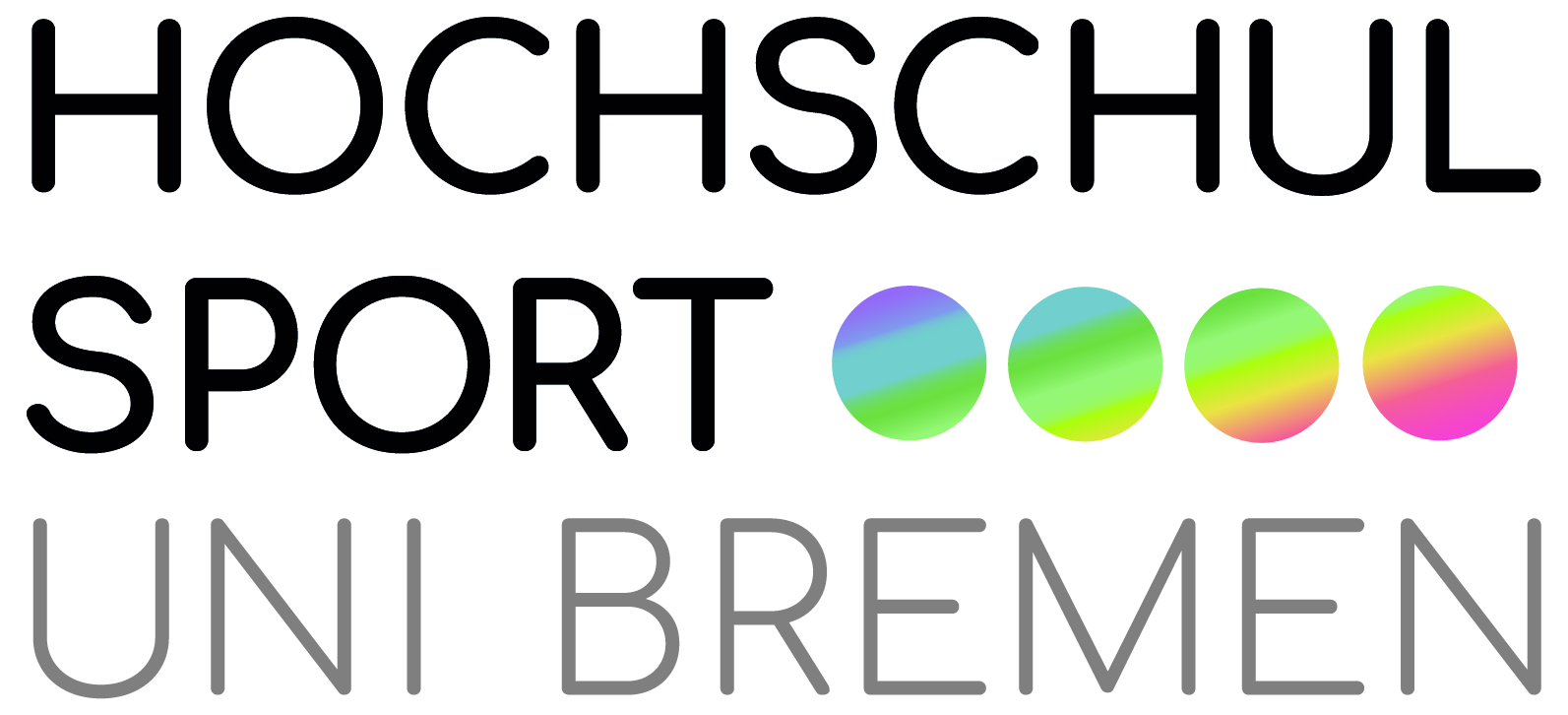The LION building, which in Klagenfurter Straße 2 will house laser research at the University of Bremen, is nearing completion. The impressive new research building for the engineering sciences stands on the site of what was once a car park. Yesterday the traditional topping-out ceremony marked an important building stage – made all the more significant following the harsh conditions faced during a particularly cold and icy winter.
Speeches were held by the Bremen Senator for Education and Science, Renate Jürgens-Pieper and the Professors Rolf Drechsler, Vice President for Research at the University of Bremen, Frank Vollertsen, Head of the Bremen Institute of Applied Laser Technology (BIAS) and Professor in the Faculty of Production Engineering, and Johannes Kister from the architect’s office KSG. Following this, the site foreman held his traditional topping-out speech before placing the corona on top of the new roof.
The name of the new building – LION – is derived from the buildings future purpose: Light and Optical Technologies in North Germany. The State of Bremen and the University of Bremen see the building as an important step in advancing laser research. The building has to incorporate a number of high-tech specifications for the work to be carried out inside: for instance, the new laser hall which takes up a good part of the 3,000 sq. meters of usable floor space. Research using new beam sources also necessitates that work and safety precautions meet the state of the art. A very special feature of the new research building are the clean rooms, which by means of extremely sophisticated filter techniques ensure that areas are kept completely dust-free and constant air conditioned.
It is expected that the LION research building will be “open for business” sometime around the middle of the coming year. Building costs amount to some €15.4 million. LION is the first university building in the State of Bremen to be financed within the context of a new federally funded program called “Forschungsbau” [research construction], which picks up half of the total cost – i.e. €7.7 million.


